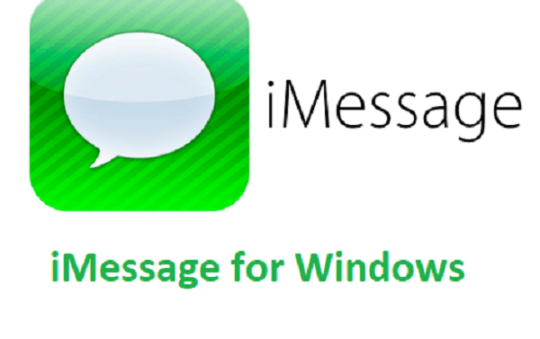As local governments look to streamline operations and better serve residents through technology, choosing the right municipal software solution is paramount. However, with myriad options available, making the optimal selection can seem befuddling. This article provides a guideline for municipalities to navigate the selection process systematically and pick software befitting unique needs. Understanding key decision factors assists in overcoming any confusion during evaluation.
Contents
Evaluate Internal Needs
The first step involves an introspective assessment of current processes and long-term visions. Identify pain points across departments hindering productivity. Capture complexities around manual systems via discussions with staff. This provides clarity on essential capabilities desired from new municipal software. Documenting namespace, functions, inter-department interactions, and compliance requirements aids needs profiling without ambiguities.
Develop Selection Criteria
Craft detailed evaluation benchmarks yielding the most suitable options. Prioritize must-have versus nice-to-have criteria based on exhaustive needs analysis. Examples include ease of use, customization flexibility, security, scalability, support quality, integration, and transition complexities that impact operational satisfaction post-implementation. Quantifying priorities alleviates perplexities during later comparative analyses.
Research Vendor Options
Research starts with identifying top industry providers through third-party analyst reports and peer network inquiries. Scan vendor websites comprehending product profiles and client portfolio diversities for reliability inferences. Attend municipal conferences interacting with representatives to clear product understanding conundrums upfront. Shortlist options ostensibly addressing profiled criteria to send RFIs (Request For Information) customizing needs.
Request Demonstrations
RFI responses assist in selecting a few vendors for in-depth product demonstrations illuminating featured capabilities veraciously. Pose complex scenario-based questions gauging nuanced understanding beyond marketing rhetoric. Note pain-point resolution approaches explicitly. Evaluate backend administration ease and performance benchmarks under realistic loads. Subject demos to stringent internal testing to verify scalability claims resolving questions.
Check Client References
Contacting reference municipalities yields candid feedback on vendor support quality, solution stability, prevalent glitches post-deployment, and satisfaction levels resolving doubts. Homework ensures no disparities exist between marketed versus implemented performances avoiding future morasses. Positive references provide certainty on long-term solution viability removing apprehensions.
Understand Costs & Contracts
Cost-benefit analyses factor in license, maintenance, support, and ongoing customization expenses against needs. Question hidden charges cropping during term resolve budgeting confusions. Review contracts thoroughly verifying uptime commitments, security audits, emergency support windows, and ownership clauses protecting interests long-term. Conduct negotiations minimizing risks to budget or functionality needs with legal counsel guidance.
Pilot Top Contenders
Piloting finalists in production-like environments for 2-3 months resolves any lingering uncertainties. Subject software to real data volumes, user loads, and integration requirements verifying performances conclusively. Gather user feedback and monitor solution stability under stresses. Pilots eliminate latent defects hindering full-scale deployments avoiding future commotions.
Select And Onboard Solution
After diligent due diligence, choose software appropriately addressing predetermined selection criteria without embarrassment. Negotiate best contracts leveraging pilot learnings. Develop change management and training strategies for hassle-free onboarding expediently. Monitor post go-live stabilization resolving user adoption issues tactfully. Periodic performance reviews ensure software optimally meets evolving needs through proactive support and systematic modernizations.
To Wrap Up
A structured selection approach helps municipalities overcome confusion, evaluate offerings objectively, and select municipal software befitting unique requirements and fiscal realities optimally. Upfront planning and diligence lead to informed decisions resolving operational challenges more sagely. With collaborative vendor partnerships, technology transforms service deliveries beneficially.

![Norske App Selskaper: Se Vr App Test Her [April 2022] Norske App Selskaper: Se Vr App Test Her [April 2022]](https://justechy.com/wp-content/uploads/2022/04/Norske-App-Selskaper-540x339.jpg)


